Overview
Chatham has a total population of 31,710 as of 2020 and encompasses 5 neighborhoods: Chatham-Avalon, Chatham Chatham Club-Chesterfield, East Chatham, West Chatham, and northern portion of West Chesterfield.
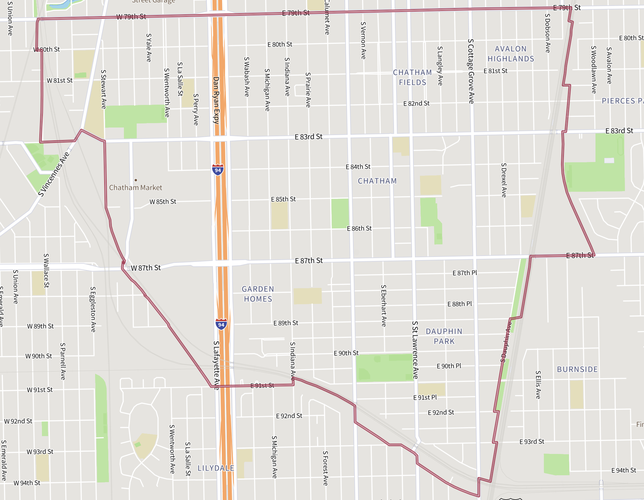

Chatham, is a predominately African-American neighborhood with a middle-class reputation dating back 60 years. One would think since Chatham is a conglomerate of sub-communities within the Chatham neighborhood there would seem to be a lack of identity, but it's quite the opposite. Residents not only identify with “Greater Chatham'', but they also identify themselves with their respective community area within the whole neighborhood unit at large.
In terms of defined delineations the boundary lying within 79th and 95th streets and the Illinois Central Railroad (Eastern boundary) and the Dan Ryan expressway separates the conglomerate neighborhood into 2 separate pieces. This boundary, though useful for transportation, does not make sense in terms of its delineation. Seeing that the boundary separates the neighborhood in two halves, it wouldn't be unreasonable to assume that some parts of the neighborhood are more unsociable and/or alienated from the community than others.
The two historical districts in Chatham; West Chatham Bungalow district and the Garden homes district provides the community with a sense of distinctiveness that rarely exists in other neighborhoods in chicago. The West Chatham district is unique in that the bungalows are all brick and very similar in design ultimately giving the neighborhood a uniform appearance. Similarly, the Garden district is known for being the first large housing development in the early 20th century. Related to design, the Garden district is composed of homes built on large lots giving residents more green space, which is uncommon for the traditional urban Chicago layout. This sort of distinctiveness gives the neighborhood a sense of originality and character.
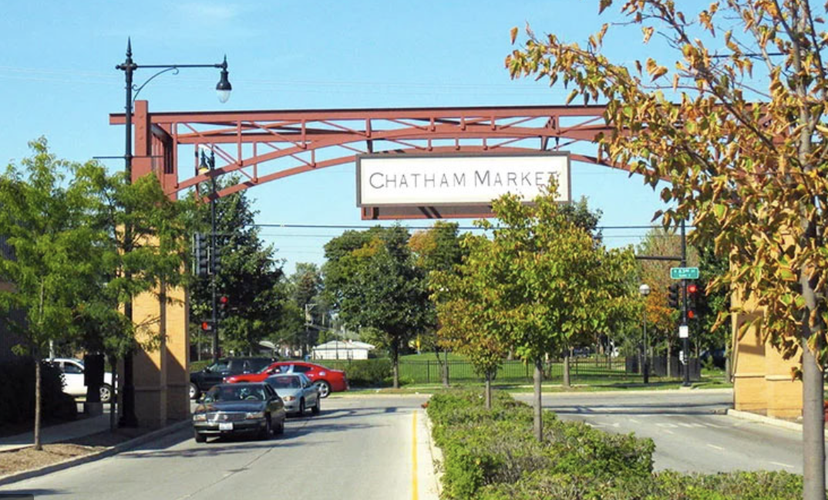

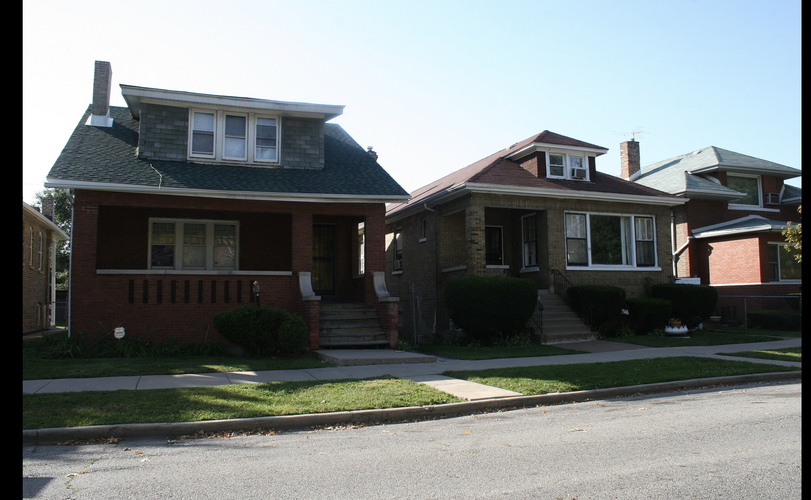
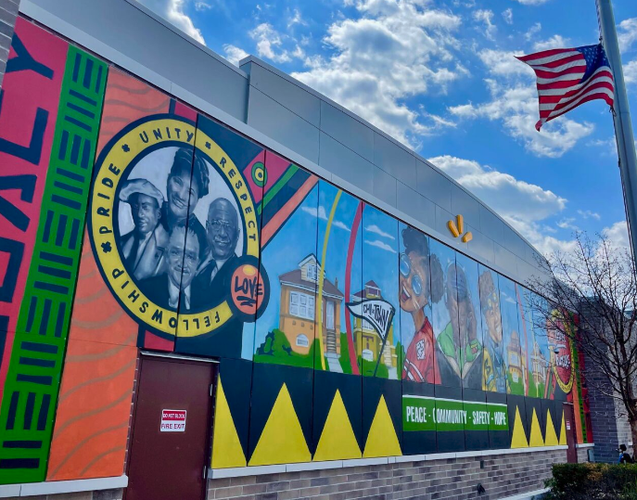
Built in 1919 the Garden Homes historic residential district includes 152 residential buildings and are known to be Chicago's first large housing project.
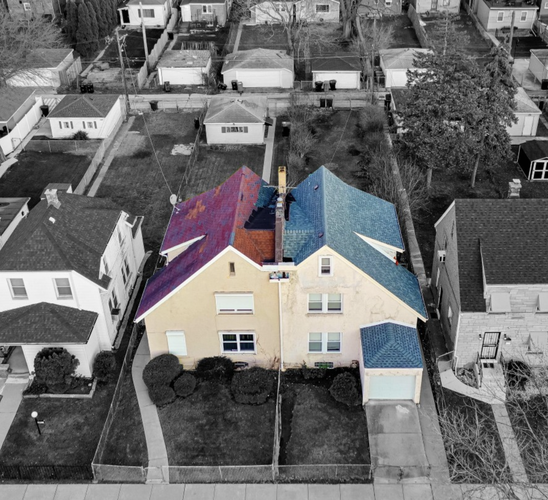
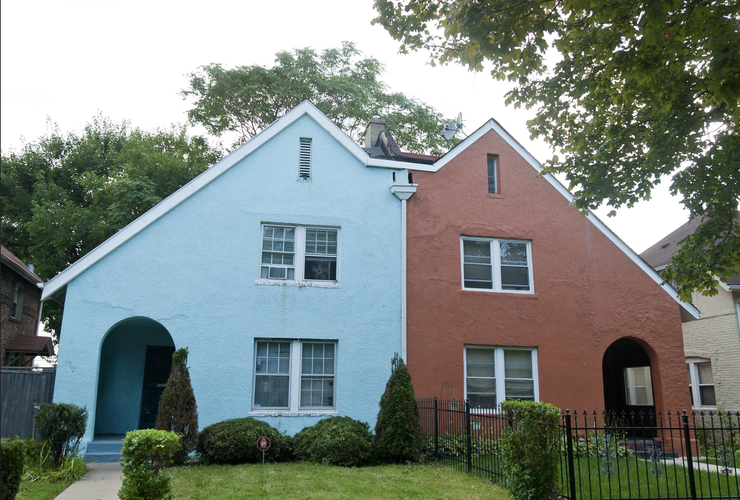
There exist 9 census tracts in the Greater Chatham area. There also exists one aldermanic ward (Ward 8) which is occupied by Michelle Harris.
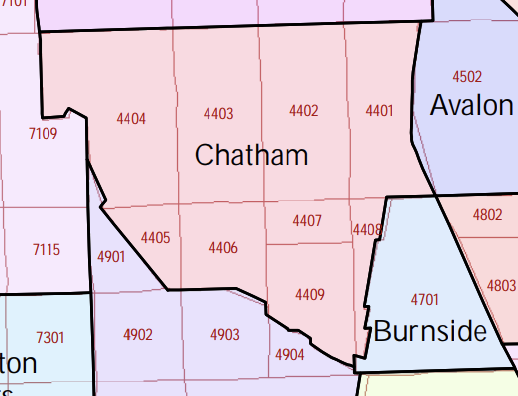
There are also 4 Public parks & park bench(West Chatham, Nat King Cole, Tuley, Brown, and a park bench.


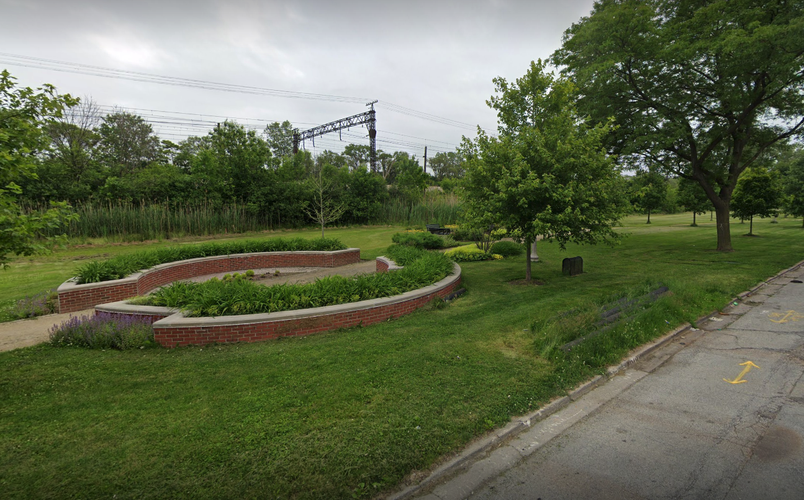
There's also 2 parish boundaries within the Chatham community: Chatham-Avalon Chris, and Chatham fields Lutheran Church


The history of the Chatham neighborhood is one that needs to be preserved. Originally known as “Mud Lake” for its swampland, Chatham was mainly used by European farmers for duck hunting until the 1860’s when the first structures of “corn Cribs” were built followed by frame houses built by railroad workers. Before being developed into what is now the Chatham neighborhood was only made up of three neighborhoods: Avalon Heights, Dauphin Park (now known as Chesterfield), and Chatham Fields. Then came the late 19 century when Hyde Park founder Paul Cornell established the Cornell Watch Factory at 76th and the Illinois Central Tracks, attracting a number of Irish, Swedish and Hungarian immigrants to the area.
By the 1920’s most of the residents in Chatham were of Swedish, German and Irish descent. Moving forward to the mid-twentieth century, like other neighborhoods around the city, Chatham experienced a hard transition with black integration. However, unlike other neighborhoods at the time, white residents in Chatham skeptically welcomed blacks into their community, church congregation and community association. The reason is up for debate, but I would make the argument that Chatham residents knew that at some point blacks would gain access to the existing institutions so avoid the chaos the least disastrous solution must have been to stand out to African Americans (in a good way). By the 1950-70’s the Chatham community transitioned from a middle class white community to a middle class African-American community. According to a Census report the African American population in Chatham was less than 1%. By 1960 the the African American population was 63.7%. As a result of the transformation some of the most successful black businesses were generated in the Chatham district such as: Johnson Products Company, the Independence Bank of Chicago, and a branch of the Illinois Service Federal Saving and Loan Association.
Considering much of Chatham's architecture was planned in aspiration of the stylistic trends during the time period much of Chathams architecture is pretty distinctive. For example, the buildings in the Chatham-Greater Grand Crossing district are home to the historic architecture style of the 1910 and 1920’s in which the district was developed. Particularly, the commercial buildings along 75th and 79th St towards Cottage grove display Classical Renaissance and Gothic Revival designs. So I would say it is possible to broadly characterize the time period in which some developments were established.
1. http://www.encyclopedia.chicagohistory.org/pages/232.html
2. https://www.chipublib.org/fa-chatham-grand-crossing-community-collection/
3. Chatham-Greater Grand Crossing Commercial District Report
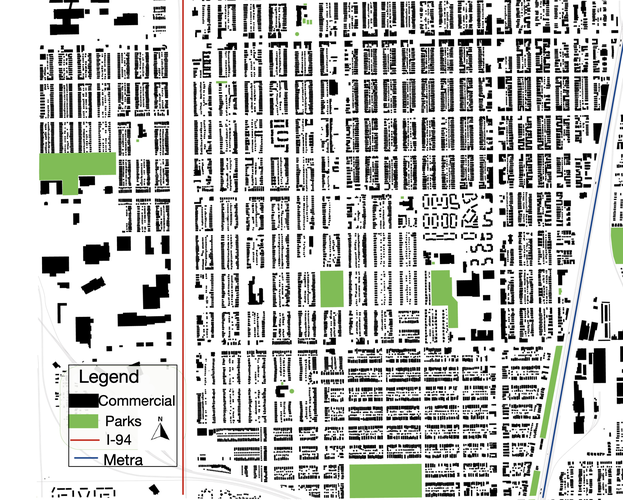
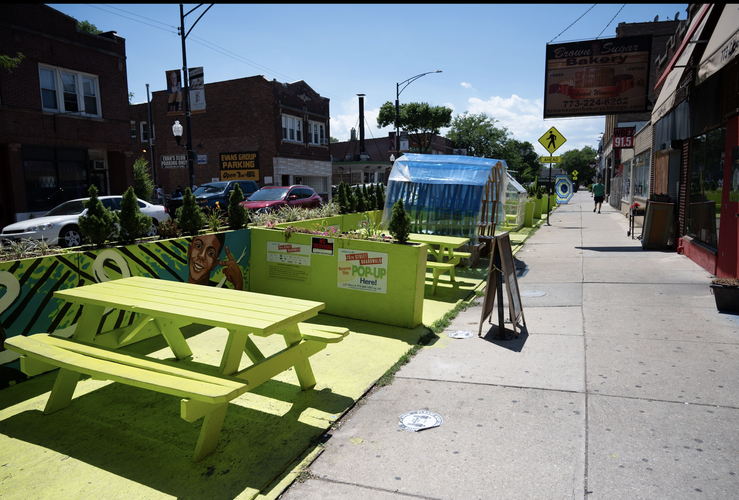
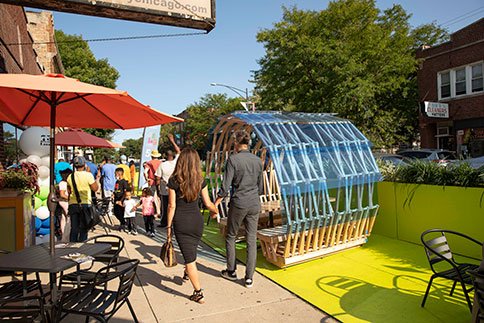
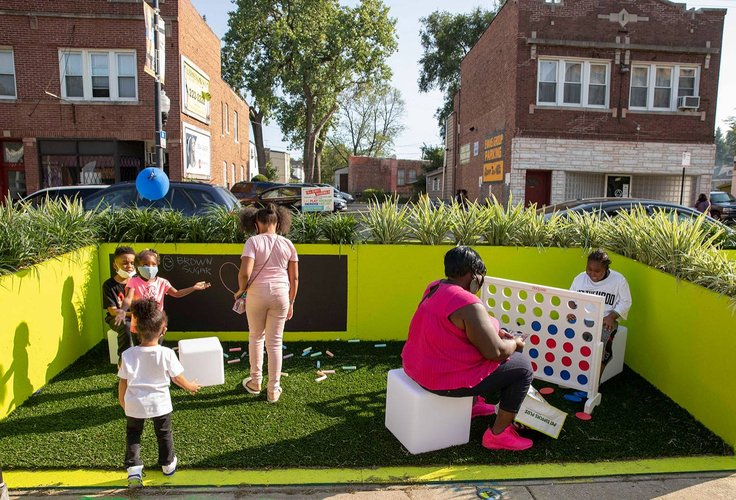

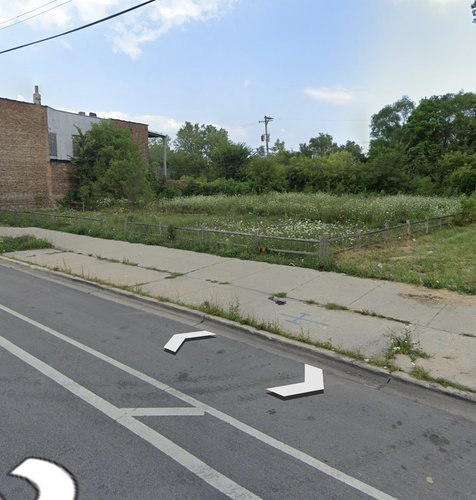
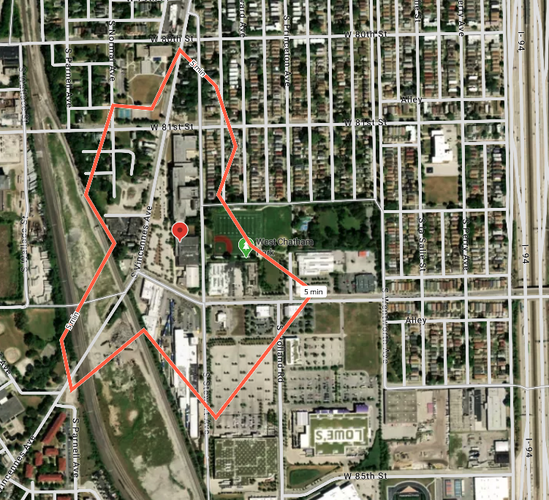
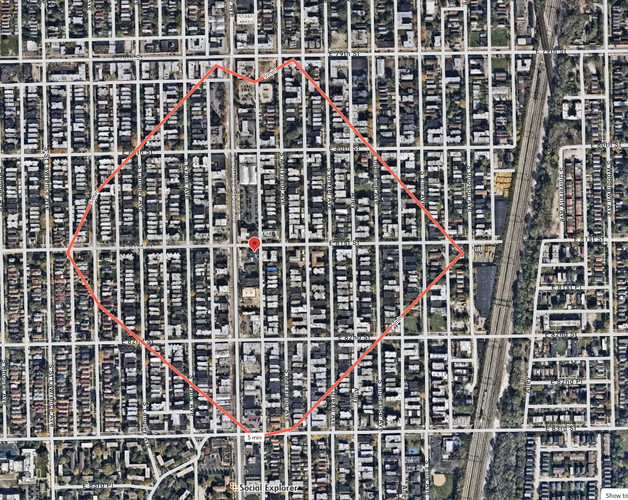
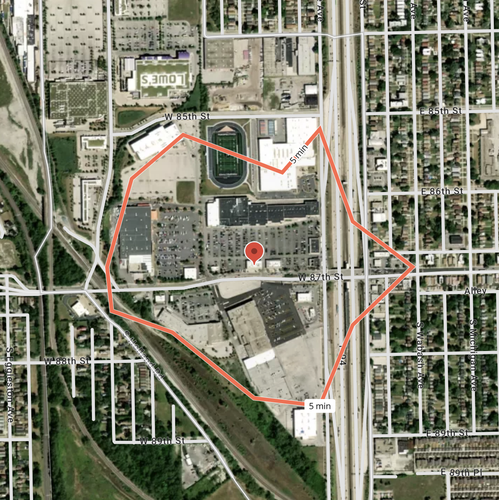
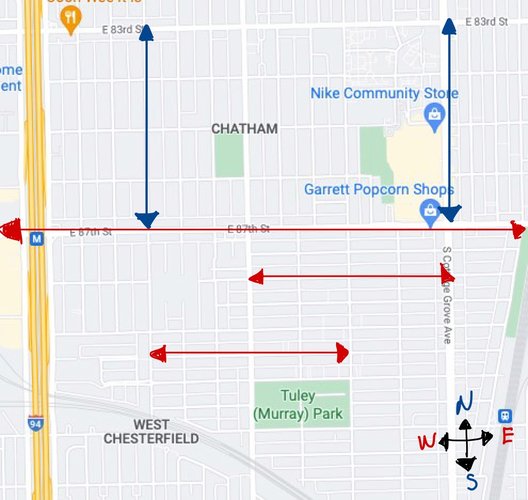
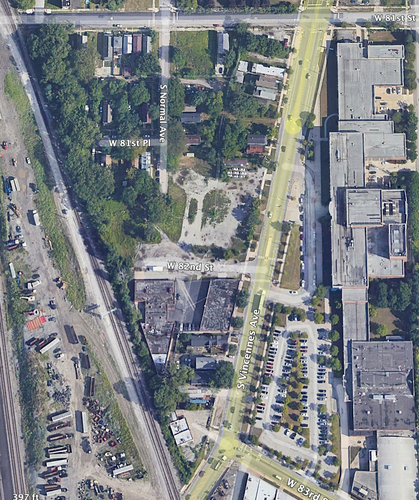
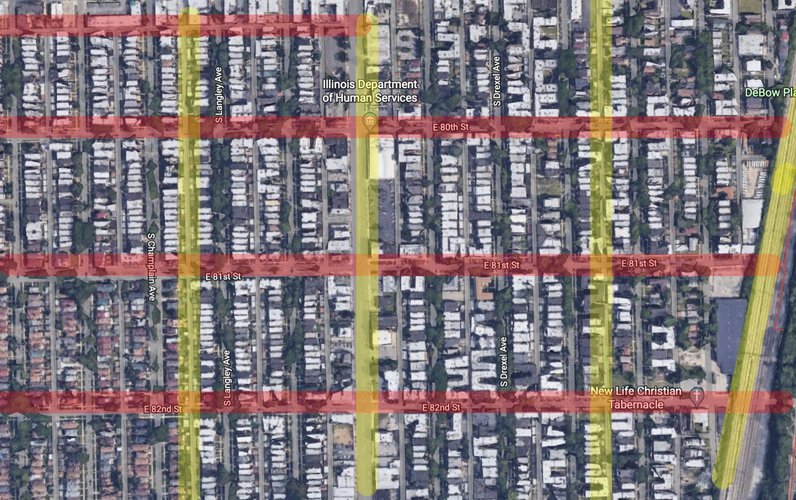
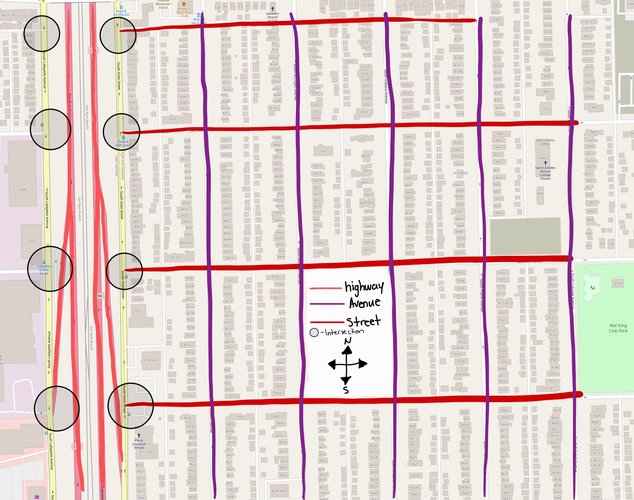
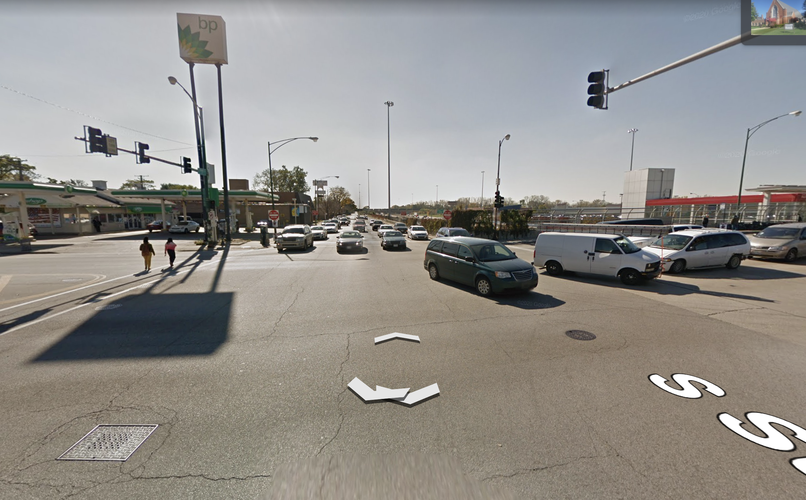
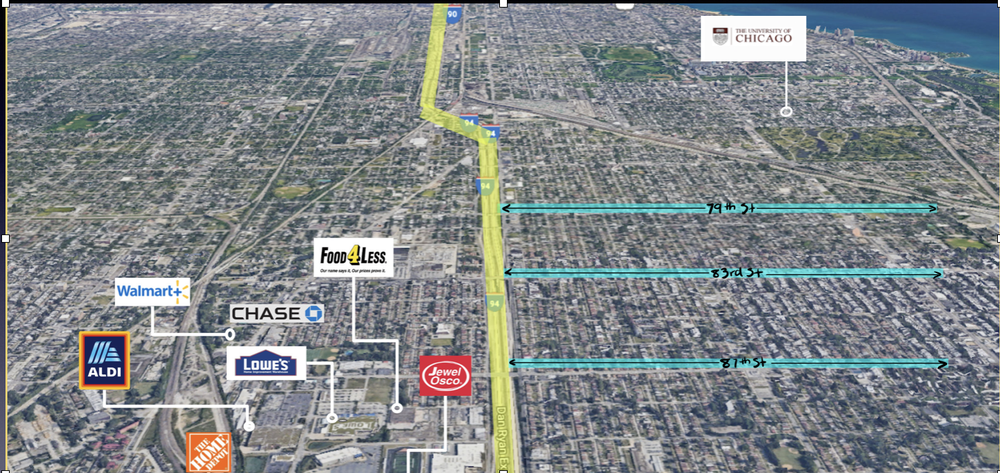



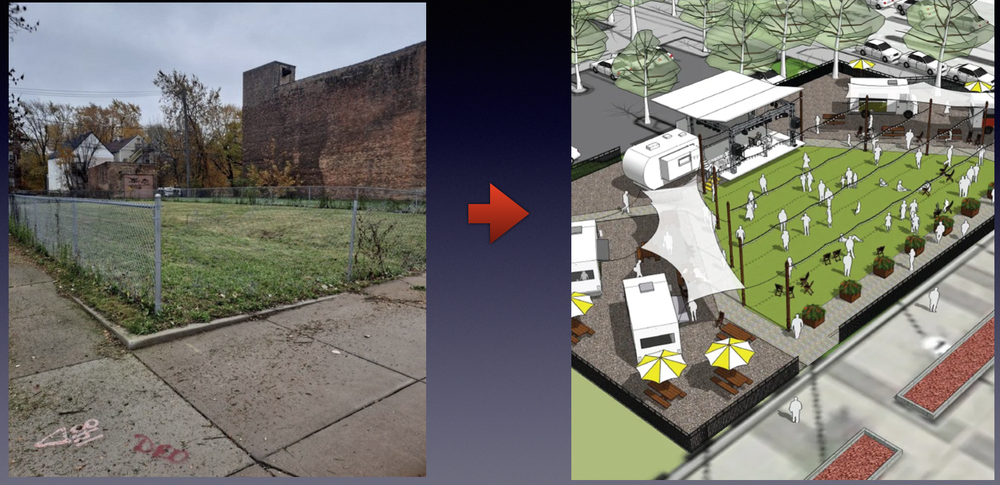
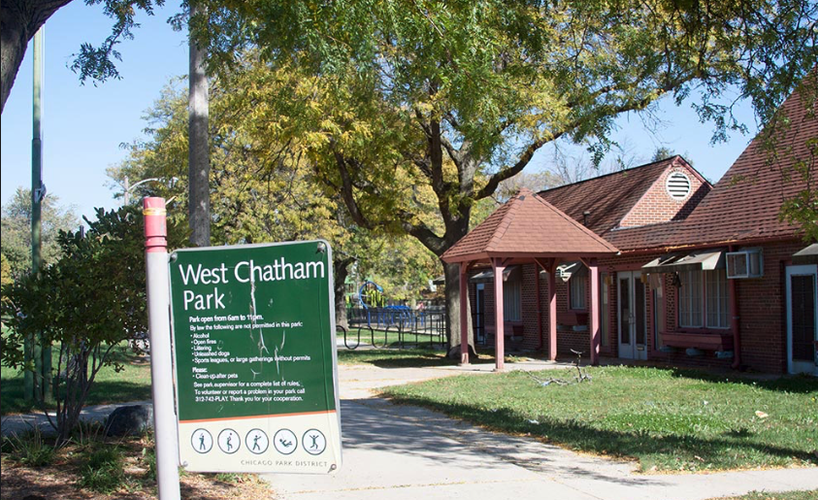
Social Mix
Racial Makeup
Diversity: 1.09/5
Education Attainment
Diversity: 3.99/7
Age
Diversity: 9.85/12
Housing Tenure
Diversity: 1.96/2
Housing Value
Like many Southside communities, the Chatham community possesses very little racial/ethnic diversity. On the Simpson Diversity Scale, it ranks a whopping 1.08/5. It is reasonable to assume this is the result of the series of events beginning in the 60s with the migration of black families (“white flight”) thus explaining why the SDI for the racial category is pretty homogenous. In terms of education, a sizeable amount of Chathamans has at least some form of higher learning above a high school diploma. The SDI for the Chatham neighborhood education attainment is 3.99/7, which is not too diverse in comparison to the southside community which has an SDI in the educational attainment of 5.3/7. However, if compared to its neighboring community, Greater Grand Crossing, which is also a predominantly black community, the score is pretty much the same being 4.29/7. On a wider scope, the SDI for educational attainment in the city as a whole is 5.75/8, which means that most of the categories for educational attainment have almost an even amount of distribution, but not too much. As far as housing tenure on the community level, there is a decent amount of diversity as to the number of owners/renters in the community. The SDI for housing tenure for total occupied units is 1.67/2, thus making the community diverse in this single facet. Similarly, at every other geographic level (i.e City/Southside/Community Area) the diversity for housing tenure is consistent with that of Chatham's diversity index.
In sum, the Chatham community aware of its struggles with respect to education inequity and racial homogeneity is still a historic community with a very rich background/history. I assume that because of the steep decline in investment and development within the community the past few decades have reconstructed the community's identity in a way that is completely different from its middle-class history. As a result of this disinvestment, many of the categories being defined above are not very heterogeneous, thus making this community look a bit less attractive to a broader audience.